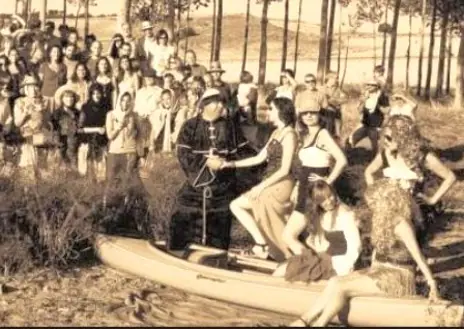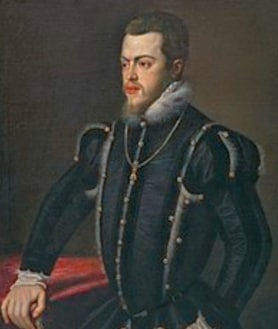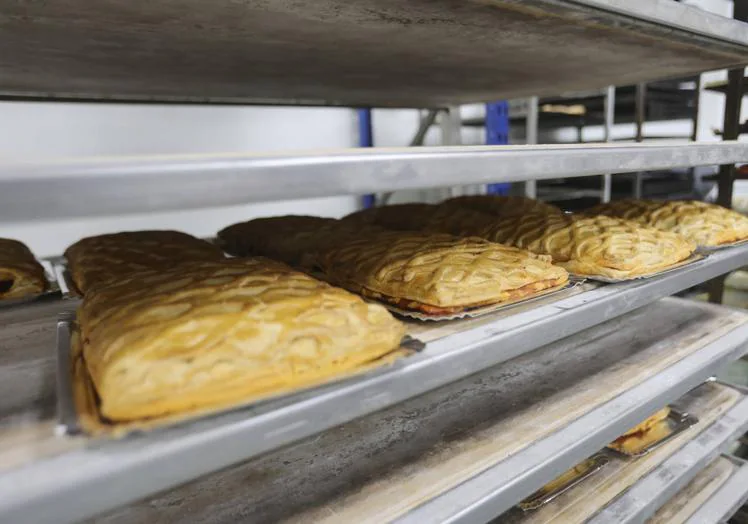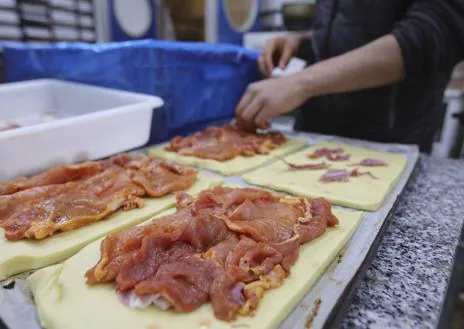How a welcome for prostitutes became a giant picnic in Salamanca
The week after Easter Monday is Lunes de Aguas in the northern Spanish city, an event that dates back 480 years
Alekk M. Saanders
Lunes, 17 de abril 2023, 12:36
Salamanca's traditional Lunes de Aguas festival, celebrated a week after Easter Monday, is now a massive picnic by the river, but its origins lie in a history of debauchery and deprivation.
In 1543, a 16-year-old Prince Philip (future King Philip II of Spain) went to Salamanca for his marriage to María Manuela, Princess of Portugal, amid great expectation among the local people.
Once there, Philip had more than enough time to contemplate, with astonishment, the true face of Salamanca, the city that was home to the first university of the kingdom.
At that time, more than eight thousand students (to compare, in that period Madrid had eleven thousand inhabitants), including scholarship holders and high-class gentlemen, lived in Salamanca.
Prince in shock
The young prince was a strict and serious person, with a sober, religious character, and became known as Philip the Prudent. Trivial pleasures were not to his liking.
Unsurprisingly, the prince was shocked to see how Salamanca was on one hand a renowned temple of knowledge and stronghold of European Christianity, and at the same time a city of leisure and entertainment without limit or regard. Philip was particularly concerned about the number of prostitutes in the city.
Salamanca was a temple of knowledge and stronghold of European Christianity, while at the same time leisure and entertainment was limitless
The first thing the prince did was to issue an edict that prostitutes should leave the city's Casa de la Mancebía during the period of annual abstinence.
He stressed that for Lent, Holy Week and Easter the prohibition of eating meat should be extended to include conduct involving carnal sin. The future Spanish king wanted Salamanca to stop being the biggest brothel in Europe.
Prostitutes' exile
Before the beginning of Lent, the prostitutes of Salamanca were made to leave the city walls. No prostitute was allowed to approach the city for almost 50 days or she would face punishment. The women disappeared from the city temporarily, taking refuge somewhere on the other side of the River Tormes.
The prostitutes' guardian was the so-called Padre Putas, who accompanied the women to their temporary exile and led them in their acclaimed return
The prostitutes' guardian was Padre Lucas (Father Lucas), known as Padre Putas (Father of the whores). He accompanied the women to their temporary exile and led them in their acclaimed return.
A roguish priest with colourful character, he was in charge of the welfare of the prostitutes, ensuring that they had food and medical care. He was also responsible for making sure the prostitutes did not work on Holy days and feast days. Incidentally, later the appointment of a Padre Putas had to be approved by the local authority and he had to swear an oath of office before a notary.
The students' retaliation
During the religious observances, local men had no distractions. Once Holy Week was over, the prostitutes were allowed back in Salamanca.
Their return took place on the Monday following Easter Monday. Students went out to welcome the exiled prostitutes on the banks of the Tormes with great jubilation, noise and uproar. Many students helped to transport the women in specially decorated boats.
Later, a huge party took place in the streets of Salamanca, the city taken over by torrents of red wine and places for uncontrolled, ethylic ecstasy, debauchery and carnality.



And so every year Easter in Salamanca ended in a great student orgy on the banks of the river. This annual custom became popular even with the city's other inhabitants who came to observe it and take part in the celebrations.
Eventually, the event at the river got its name - Lunes de Aguas, apparently not because of its connection with water but a derivation of the word 'enaguas', the petticoats the prostitutes used to wear under their dresses.
A way to celebrate
This year Lunes de Aguas takes place on 17 April, but with no boat crossings or prostitutes' welcome. Students still gather on the banks of the River Tormes, however, to drink and to eat the traditional 'hornazo de Salamanca'. This is a sort of meat pasty, made with flour and yeast and stuffed with pork loin, hard-boiled eggs, and various types of sausage.


On the Costa del Sol it is possible to mark the day by eating 'hornazo de Salamanca'. On Calle Larios in Malaga and Calle San Miguel in Torremolinos the ham shop Viandas sells round and rectangular 'hornazos' for 29 and 55 euros respectively. Smaller portions are sold as well.
